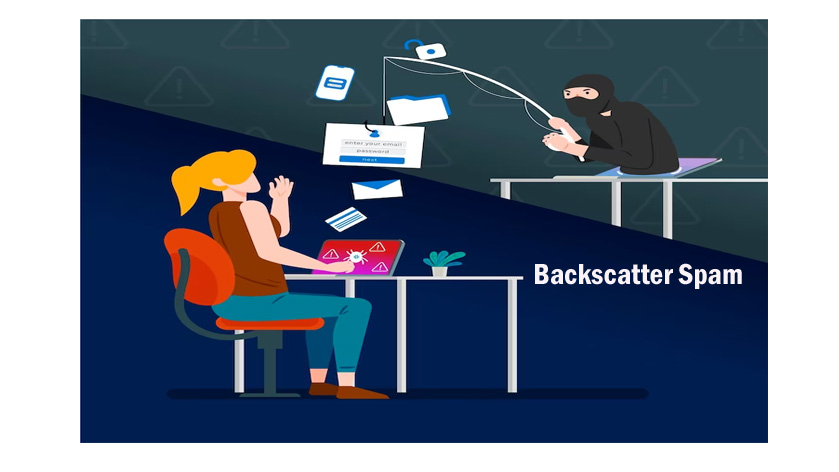Backscatter spam is defined as an unwanted email when a spam email is sent to a bluffed sender address. It is also called an Out-scatter or misdirected bounce. An email will appear as if it was sent by an original sender, resulting in increased spam traffic and harm to the email server’s reputation. People use backscatter spam to find a workaround to deal with anti-spam filters set up by different organizations. Also, then fill the users’ mailboxes with spam emails and turn their sensitive data.
Things you need to keep in mind about backscatter spam emails:
- The mail server will try to deliver the mail to a list of recipients containing bounce messages such as spam content or unknown or non-existing recipients.
- These spammers will collect the email addresses of users from different websites or any online forms from a public server to which they have access.
- You can also use bounce message back so that the email delivery fails.
- The user will also receive bulk bounce messages in their inbox for emails they have not sent. This happens because their email addresses were spoofed.
- The spammers try to fool the recipients with spam emails into opening the emails. And for this, they use message boards or web crawling software.
Sometimes, if the recipient receives spam mail, it detects that it’s a spam message. It will transfer it to the junk or spam folder and, from there, eventually delete it automatically.
You can avoid spam messages in the initial stages; in other cases, you can prevent backscatter spam, and to do that, you can use filter emails to remove all the spam emails or to avoid them. It has a feature where it detect spam mails and rejects them. Please just keep the filter feature on to prevent spam emails.

